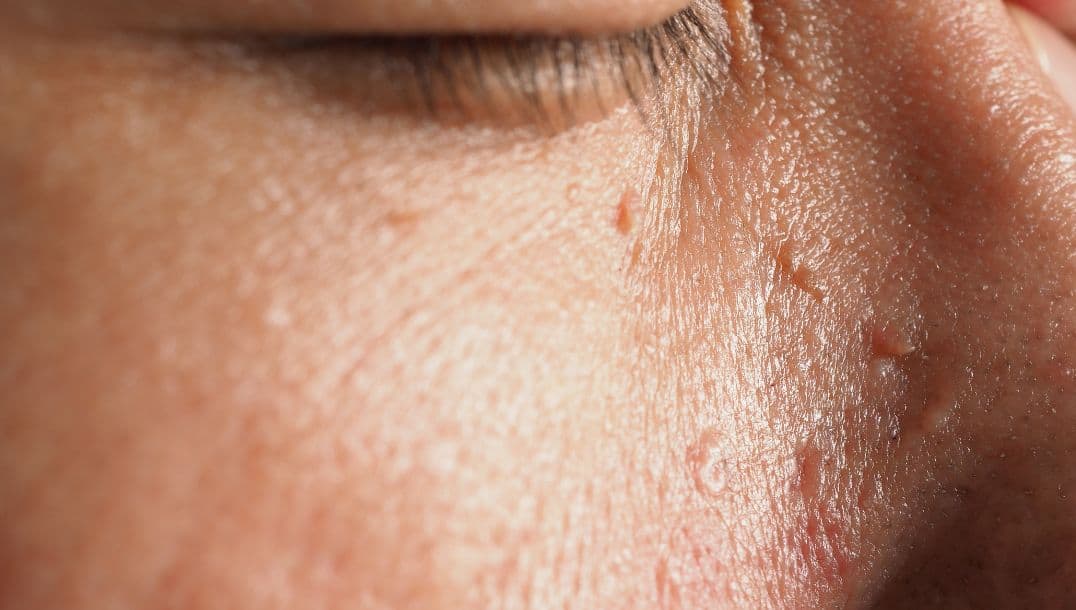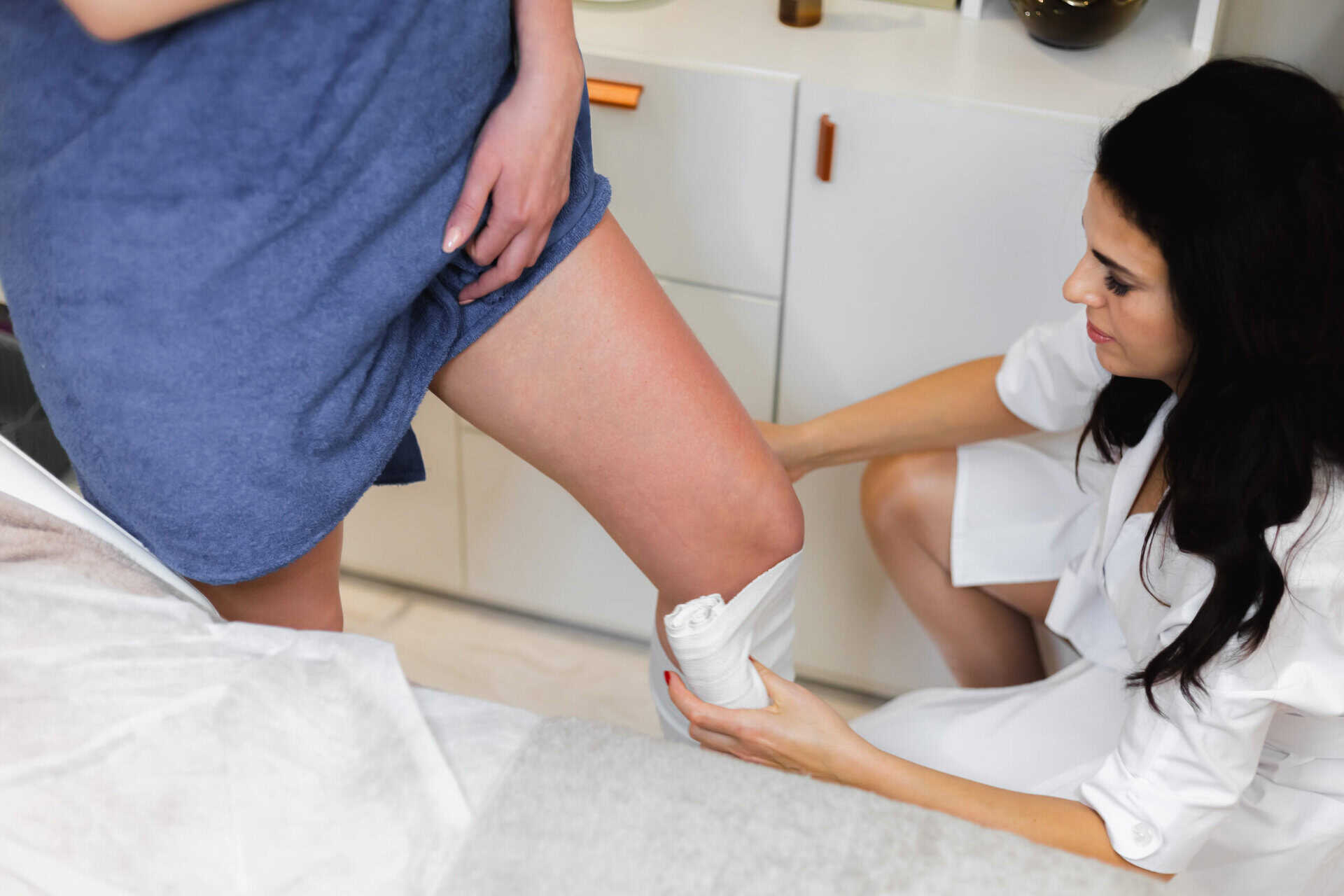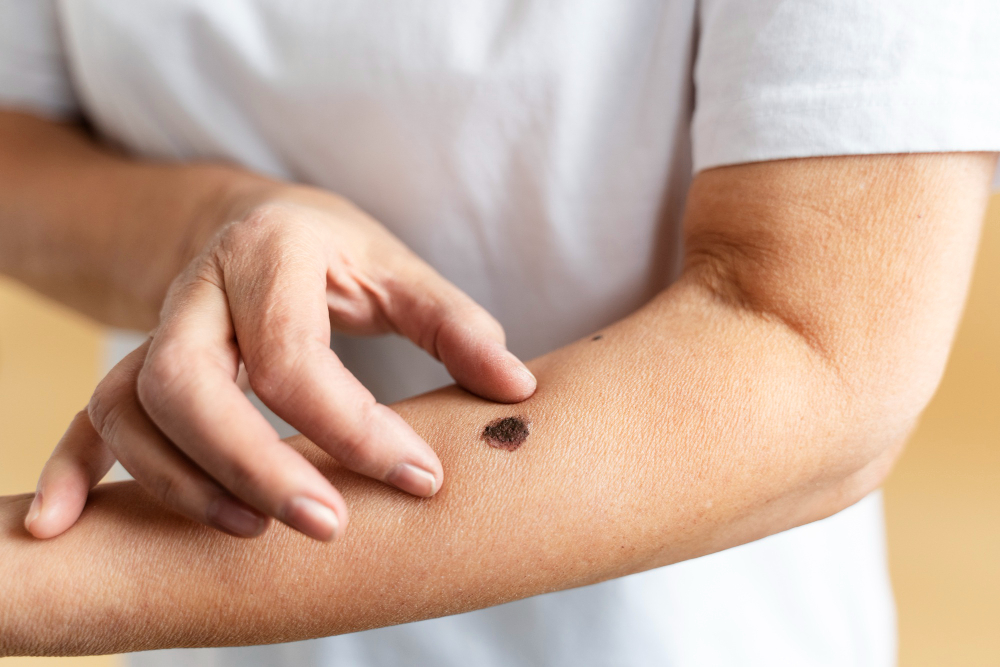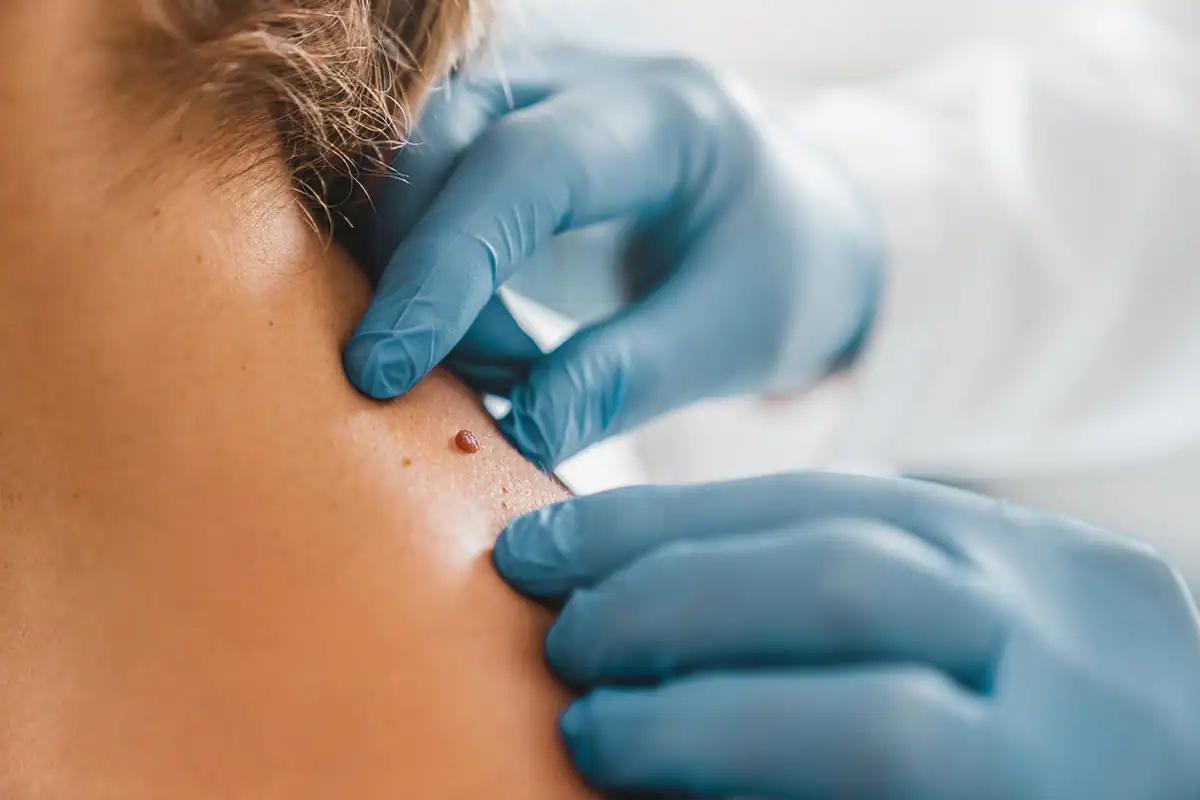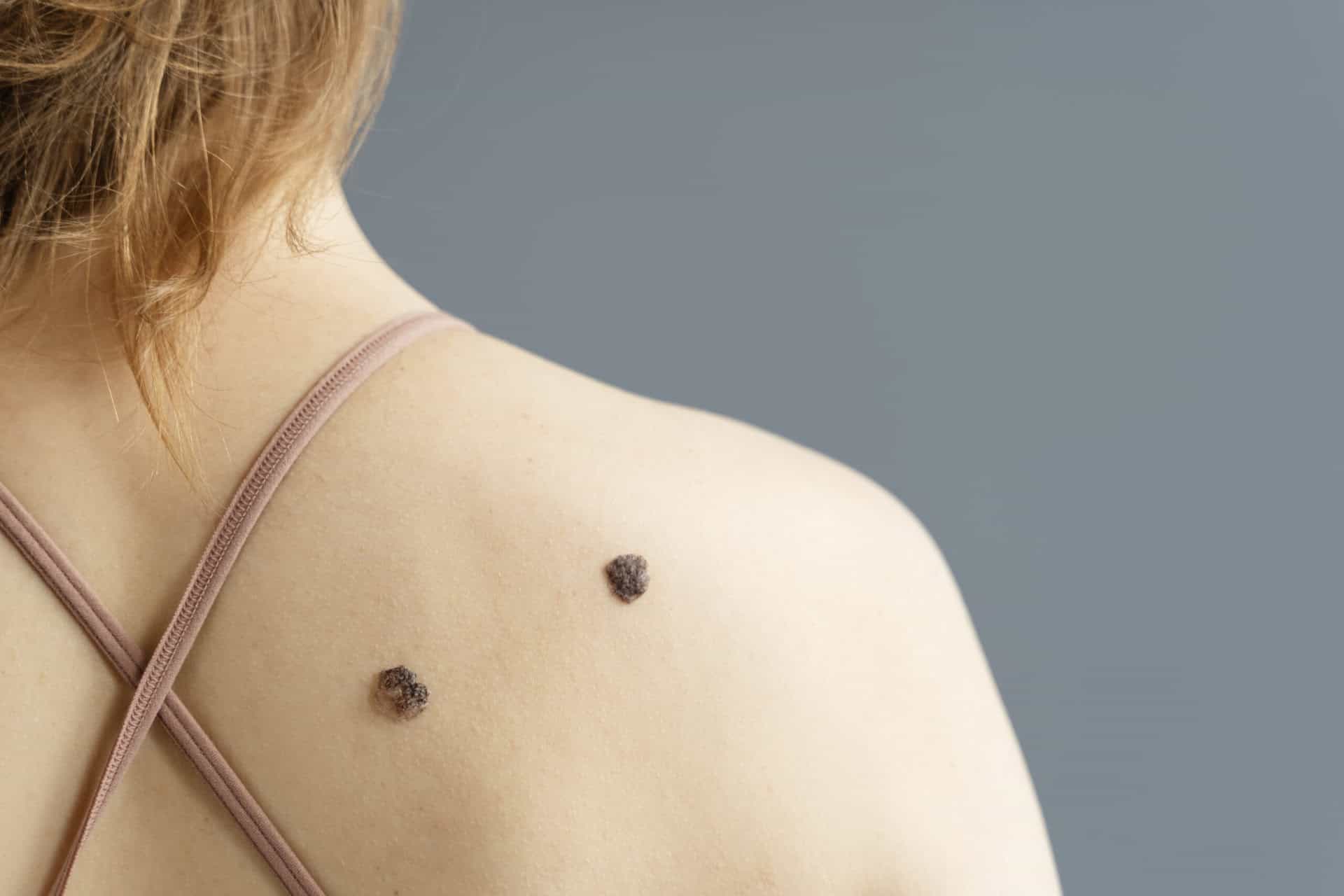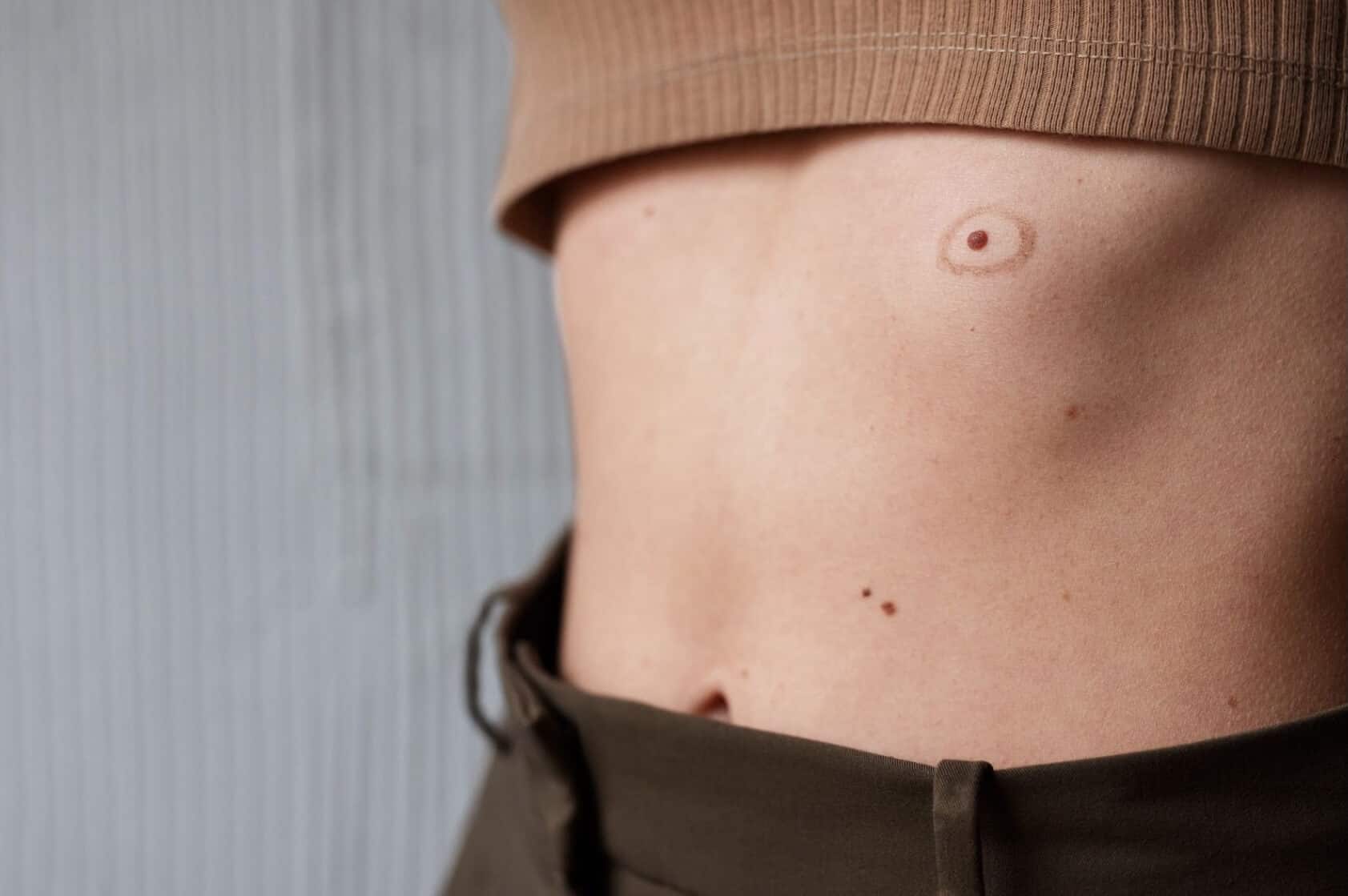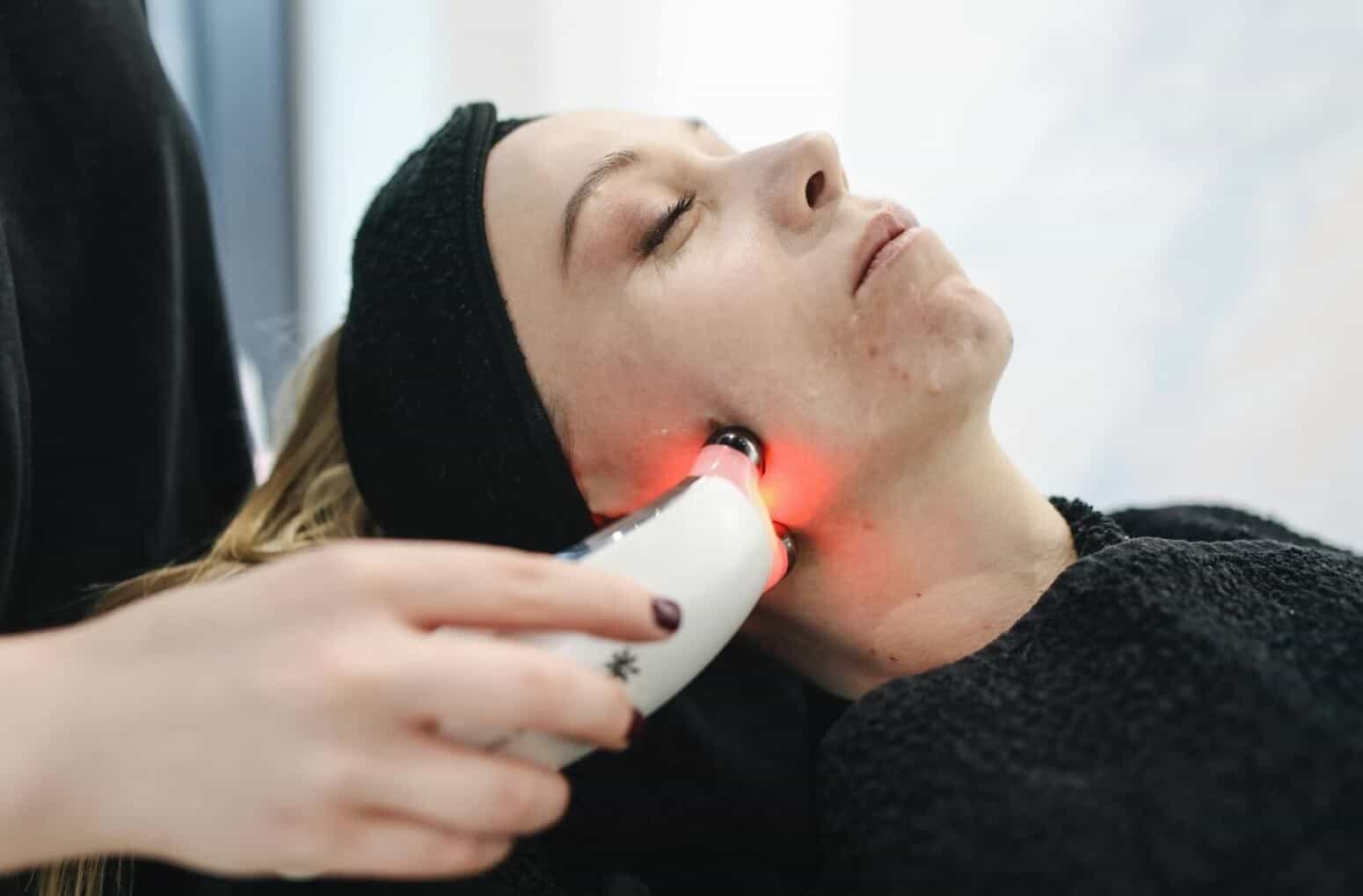Flat warts are small, smooth viral growths appearing in clusters on skin. Caused by HPV, they commonly affect face, hands, and legs. While usually harmless, various treatments can help eliminate these persistent bumps.
- Dr Sharon Crichlow
- Reading Time: 10 Mins
Flat warts often go unnoticed until they multiply, appearing as small, smooth bumps on the skin. These common skin growths affect millions worldwide, particularly children and young adults. While generally harmless, they can cause cosmetic concerns and occasionally discomfort. Knowing how to identify, treat, and prevent these viral lesions can help you manage them effectively.
Key Takeaways
- Flat warts are caused by specific HPV strains and typically appear as smooth, clustered bumps in areas like the face, hands, and legs.
- Treatment options range from over-the-counter solutions to professional procedures like cryotherapy and laser therapy, with effectiveness varying by location.
- Preventing spread requires avoiding scratching, not sharing personal items, and maintaining good hygiene while infected areas heal.
Table of Contents
What Are Flat Warts?
Flat warts, medically known as verruca plana, are small, smooth, slightly raised lesions caused by specific strains of the human papillomavirus (HPV). Unlike other warts, they have a distinctive appearance that sets them apart.
These warts typically measure just 1-5mm in diameter and have a flat-topped, smooth surface. Their colour ranges from flesh-toned to light brown or slightly pink, making them sometimes difficult to spot immediately.
Flat warts rarely stand alone. They commonly appear in clusters or lines, sometimes numbering in the dozens or even hundreds. This clustering pattern occurs because the virus spreads through small breaks in the skin.
Many people mistake flat warts for other skin conditions. They’re often confused with acne, moles, or skin tags due to their subtle appearance. However, their tendency to appear in groups and their flat, smooth surface are distinctive identifying features.
While common warts have a rough, cauliflower-like texture, flat warts feel smooth to the touch. They also typically rise only slightly above the skin surface, unlike the more prominent elevation seen with other wart varieties.
| Characteristic | Description |
|---|---|
| Size | Typically 1–5mm in diameter |
| Colour | Flesh-coloured, light brown, or pinkish |
| Shape | Round or polygonal with flat tops |
| Distribution | Often in clusters or lines |
| Texture | Smooth, not rough or scaly |
Most flat warts cause no physical discomfort. However, some people report mild itching, especially when warts become irritated from clothing friction or scratching. Pain is rare unless the warts become infected from picking or trauma.
Common Causes of Flat Warts
Flat warts develop specifically from HPV types 3, 10, 28, and 49 infections. These strains differ from those causing genital warts or cervical cancer, focusing instead on the outermost skin layers.
The virus enters through tiny cuts, scrapes, or other skin breaches. Something as minor as a shaving nick or hangnail provides enough entry for the virus. Once inside, HPV triggers rapid cell growth in the skin’s outer layer.
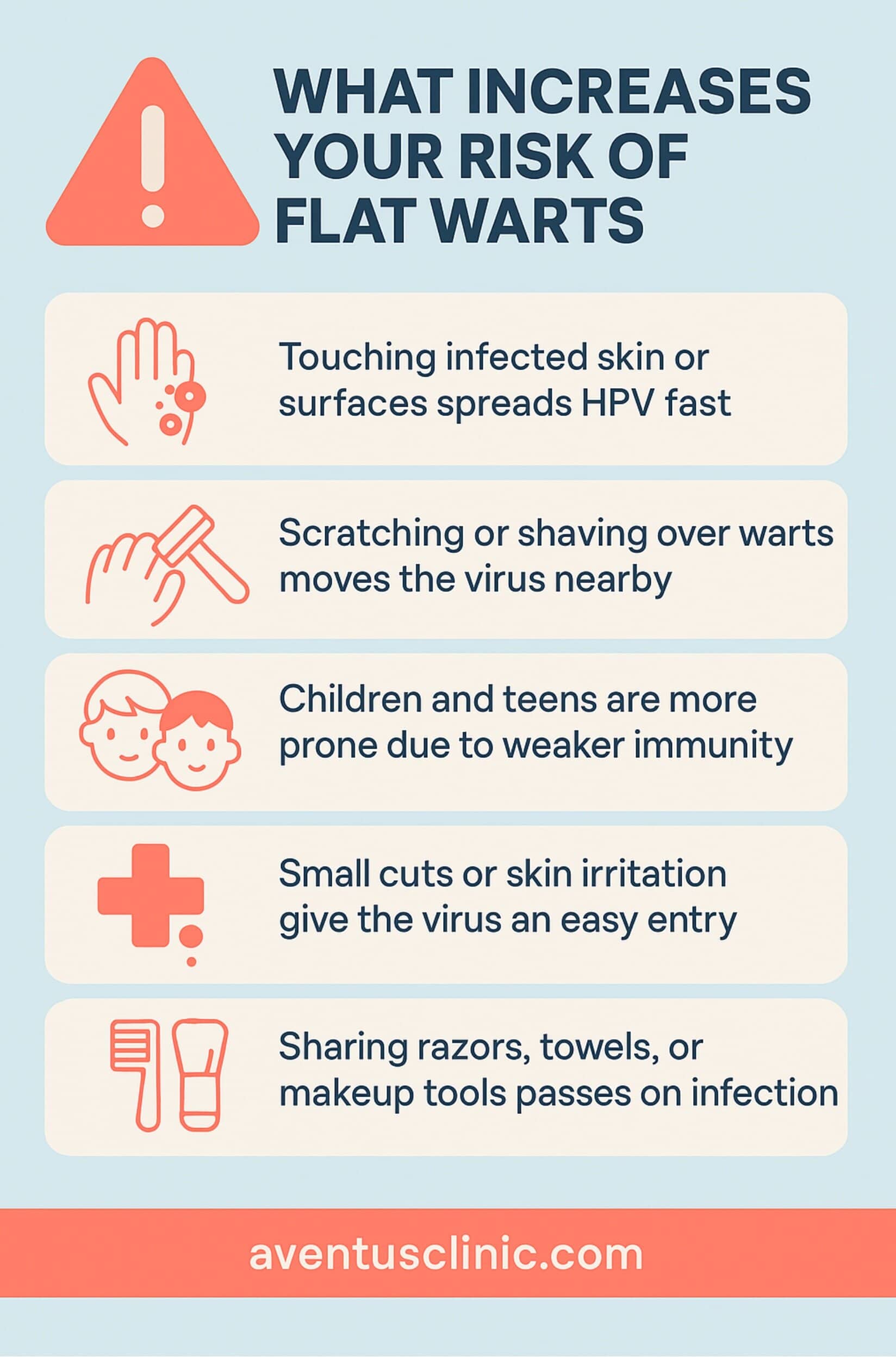
How Flat Warts Differ by Body Location
Flat warts can develop anywhere on the body, but they tend to favour certain areas. Their appearance, symptoms, and treatment considerations vary depending on location.
Face
Facial flat warts commonly appear on the forehead, chin, and around the mouth. They create significant cosmetic concern due to their visibility.
Research by Al-Sabak et al. (2023) found that treatments like Nd laser therapy are particularly effective for facial flat warts, offering good cosmetic outcomes with minimal side effects.
Children and teenagers often develop multiple small flat warts on their faces that can spread quickly if scratched.
Hands and Fingers
Hands and fingers are common sites for flat warts, especially in children and those who frequently experience small cuts. They typically appear on the backs of hands and around fingernails.
A study by Moore et al. (2012) found that glycolic acid treatments showed modest effectiveness for flat warts on hands, though complete clearance often required multiple applications.
Arms and Legs
Flat warts on arms and legs frequently appear in clusters along scratch marks or small cuts. They’re common in people who shave these areas.
These warts often form linear patterns, sometimes called “scratch warts,” as scratching can spread the virus to adjacent skin.
Scalp or Hairline
Scalp and hairline flat warts are less common but can be challenging to treat. They may be hidden under hair and mistaken for other scalp conditions.
Special consideration during treatment helps avoid damage to hair follicles.
Neck and Sensitive Areas
Flat warts on the neck often result from spread during shaving or from collar friction. These areas require gentle treatment approaches to prevent scarring.
Treatment in sensitive areas typically prioritises methods that minimise irritation and preserve skin appearance.
Torso and Back
Flat warts on the torso or back may go unnoticed for longer periods. They can form extensive clusters and spread through towel use or clothing friction.
Because these areas are less visible, people often seek treatment only when the warts become numerous.
How to Distinguish Flat Warts from Other Skin Conditions
| Condition | Appearance | Common Locations | Surface Texture |
|---|---|---|---|
| Flat Warts | Small, flat-topped, slightly raised | Face, hands, shaved areas | Smooth, flat surface |
| Acne | Raised, inflamed bumps with white/black centres | Face, chest, back | Varied, often pointed with inflammation |
| Moles | Round, pigmented growths | Anywhere on the body | Smooth or slightly raised |
| Seborrheic Keratosis | Waxy, stuck-on appearance | Trunk, face | Rough, warty texture |
| Cherry Angiomas | Small, bright red bumps | Trunk, extremities | Smooth, dome-shaped |
Dermatologists may use dermoscopy (skin surface microscopy) to examine suspicious growths more closely. This technique helps identify the tiny blood vessels and patterns characteristic of flat warts.
Treatment Options for Flat Warts
Treating flat warts requires balancing effectiveness with skin protection, especially in visible or sensitive areas. Various approaches suit different situations and patient preferences.
At-Home Treatments
Several over-the-counter options can effectively treat flat warts:
- Salicylic acid preparations: Available as liquids, gels, or adhesive pads, these gradually dissolve the wart tissue
- Gentle exfoliation: Regular gentle exfoliation can help remove flat warts over time by gradually removing infected skin cells
- Retinoid creams: Over-the-counter retinoid products may help by increasing cell turnover
A 2024 study by Nofal et al. found that tazarotene 0.1% gel showed similar effectiveness to imiquimod for treating flat warts, with a 40% complete clearance rate.
Avoid picking or scratching your warts, as this can spread the virus to other areas of your body.
Medical Treatments
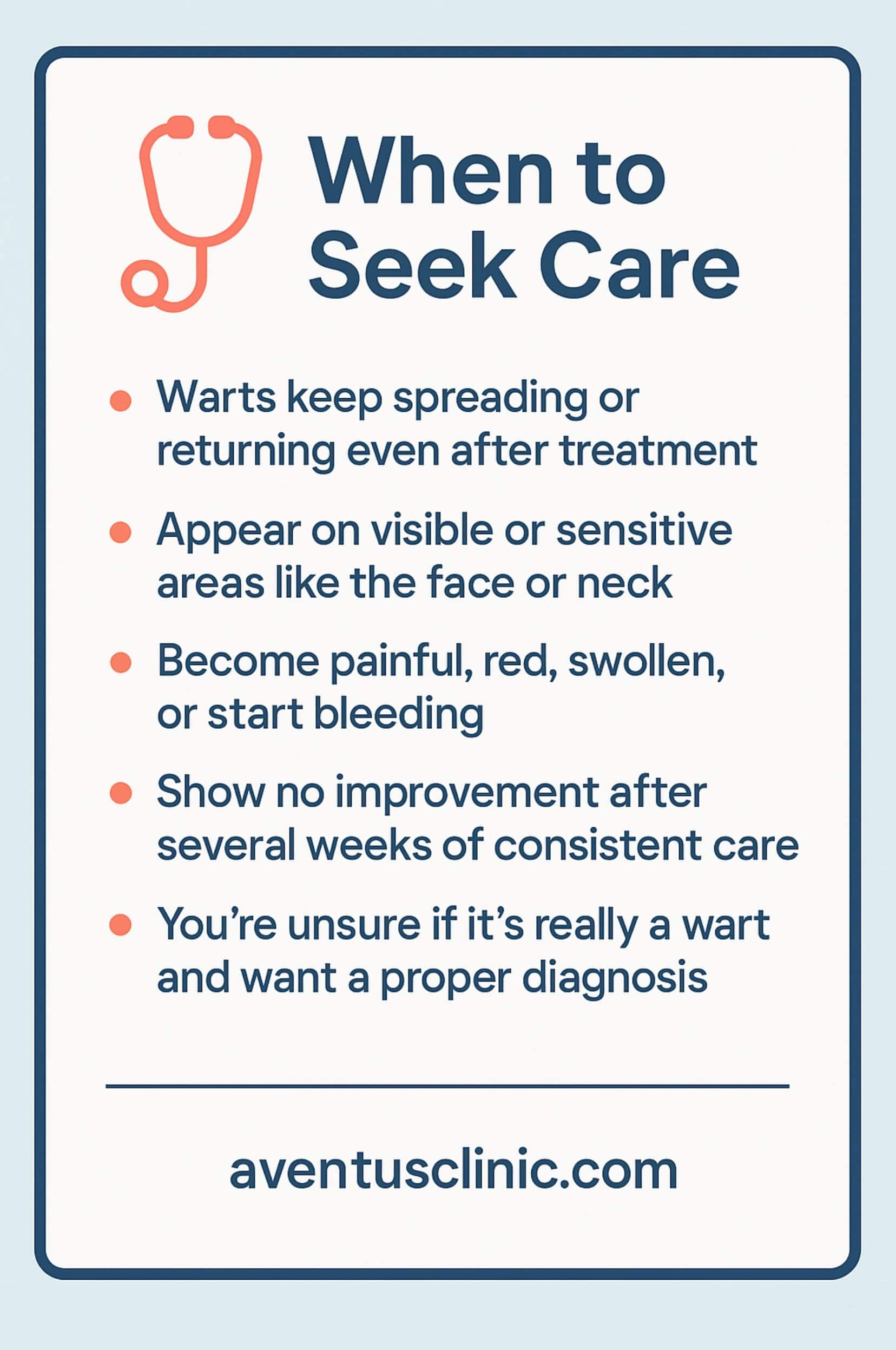
- Cryotherapy (freezing) remains among the most effective professional treatments. A healthcare provider applies liquid nitrogen to freeze the wart tissue, causing it to blister and eventually fall off.
- Laser therapy shows promising results, particularly for facial and neck warts. A study reported that Nd laser treatment cleared plane warts in cosmetically sensitive areas with acceptable side effects.
- Prescription-strength retinoids like tazarotene offer another approach. A clinical trial published in Clinical and Experimental Dermatology found tazarotene 0.1% gel was as effective as imiquimod 5% cream for flat wart treatment.
- For particularly resistant cases, combination therapies may provide superior results. A ScienceDirect study found that combining intense pulsed light with immunologic therapy showed good cosmetic outcomes and fewer side effects for facial flat warts.
Our professional wart removal services offer advanced treatment options for persistent or extensive flat warts, including specialised approaches for sensitive areas like the face and neck.
Preventing Flat Warts and Reducing Spread
Prevention focuses on reducing virus transmission and strengthening immune defences.
Maintain good hand hygiene by washing frequently with soap and water, especially after touching public surfaces. This simple practice significantly reduces virus transmission.
Avoid direct contact with warts, whether your own or others’. Don’t pick, scratch, or shave over wart areas, as this can spread the virus to new locations.
Keep personal items personal. Don’t share towels, razors, gloves, or other items that may contact warts. The virus survives on surfaces and can transfer to broken skin.
Consider covering existing warts with waterproof plasters when participating in communal activities like swimming or sports. This reduces the risk of spreading the virus to others.
A healthy lifestyle supports your immune system’s ability to fight HPV naturally. Adequate sleep, balanced nutrition, regular exercise, and stress management all contribute to stronger immunity.
Conclusion
Managing flat warts requires patience and consistent treatment. While most eventually resolve on their own, professional intervention can speed recovery and prevent spread. If you’re concerned about persistent or widespread flat warts, consider seeking expert evaluation.
Schedule a free online assessment with our skin specialists to discuss your concerns and explore treatment options tailored to your specific situation.
FAQs
Why do flat warts appear in clusters in some areas and not others?
Flat warts cluster where skin damage allows viral spread. Scratching, shaving, or friction creates tiny injuries that enable HPV to infect adjacent skin cells. Areas experiencing repeated minor trauma develop more extensive clustering than protected skin regions.
Can flat warts spread from the face to hands?
Yes, flat warts can spread from face to hands through a process called autoinoculation. Touching facial warts then touching other body areas transfers the virus. This commonly occurs during face washing, applying skincare products, or unconscious face touching throughout the day.
Are flat warts contagious?
Flat warts are definitely contagious. They spread through direct skin contact with infected areas or by touching contaminated surfaces. The virus enters through tiny breaks in the skin. Covering warts, avoiding sharing personal items, and maintaining good hygiene reduces transmission risk.
How long do flat warts last without treatment?
Without treatment, flat warts typically persist for months to years. Studies show approximately 23% resolve within two months, 30% within three months, and up to 78% within two years. Children’s warts generally disappear faster than adults’ due to their developing immune systems.
Can flat warts turn into cancer?
No, flat warts cannot turn into cancer. They’re caused by low-risk HPV types (3, 10, 28, 49) that don’t cause malignant transformation. These strains differ completely from the high-risk HPV types associated with cervical and other cancers.
 Free Online Assessment
Free Online Assessment WHATSAPP
WHATSAPP
